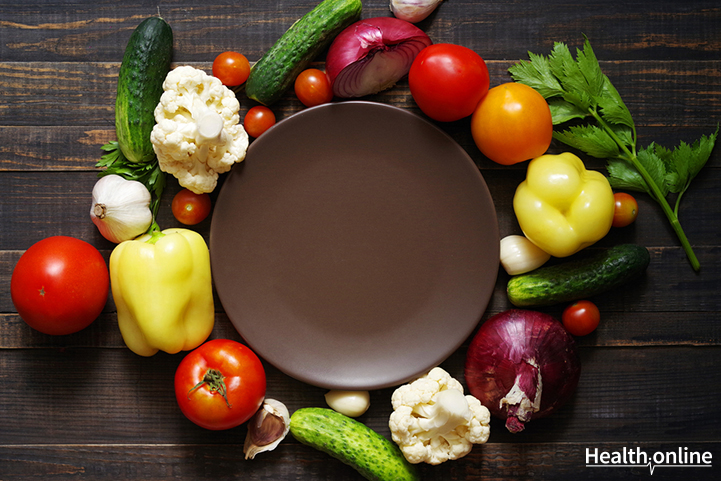
From Farm to Plate: The Journey of Food
Food is essential to existence. As we all know it travels a long way from the farm to your plate. In the process, it undergoes complex biochemical processes in order to become something eatable by you. Food is grown on large acres of land – in an intensive process that combines machinery and manpower. The story of food is a fascinating one. Read on to delve deeply into it.
Production begins with growing and harvesting cereals i.e. horticulture. It starts with preparing the soil, which would require balancing micronutrients, that is, nitrogen, phosphorus, and potassium. This is essential for building the chlorophyll in plants. Chemical and biological factors suitable for growth of these plants are imparted by additional fertilizers. Plant diseases and weeds are being warded off through these elements and accentuate productivity. Often weed has to be pulled out manually and requires immense effort and labor. Farmers need to plow their field and regularly inspect and scrutinize the growth process of crops. Protection mechanisms, such as guarding the crops away from rodents, birds, and other animals is necessary. There are times when “trap crops” are used, that lures pests away from commercial crops. Another methodology is to use rotating crops. Food includes beverages too, that are mostly plantation crops grown over vast acres of land. Crops such as tea and coffee need sloping surfaces and special weather conditions.
Planting is the next stage in the journey. It includes leveling fields and irrigation as the planting gets over. It might be either rainfed or irrigated. When the plants are ripe, they are ready to get harvested. Immediately after harvesting, the crops or fruits or vegetables are washed, cut, mixed, and packaged. It can be either done locally by the farmer or institutionalized.
Packaging requires special attention, because fruits and vegetables, being perishables, can be spoiled quickly, and hence demand additional care. Moreover, they have to be kept in cold storage, as they have a minimal lifespan from harvest to degradation. Cereals, on the other hand, are quite flexible when it comes to storage. They can be stored in sacks, kept in the open, and don’t necessarily require cold storage for a long time. Often, refrigerated trucks have to be used in the food has to travel a long distance. Centrifugal dryers, sprinkling with additional water, using chlorinated water, removing impurities, use of permeable plastics, etc. are the methods used to protect food from decaying or diminishing in quality.
Transportation simply involves taking these packages to warehouses or cold storage units. This can be done by the farmer or outsourced via the third party.
The next step is marketing or selling the produce, where the methodology starts to vary. Marketing involves advertising the product. Selling is preceded by auction of goods, mostly done in open markets. The next stop for the produce is wholesalers who are predominantly traders or commercial owners. Wholesale markets sell the food to retailers. Retailers can be small shop owners or multi-brand retail stores like Walmart.
These retailers pass on the food to consumers i.e. you. You purchase the food from retailers, fashion it into whatever form suits your palate and your nutritional needs, and put it on your plate – it’s final destination.
The journey of food from farm to table has a number of added variations in contemporary times. For instance, food is often exported to different countries via airplanes or cargo ships. Cereals are easy to export in this manner, as they have a long shelf life – rice and pulses being notable examples. Once the food reaches the export destination, it enters the distribution network of that country. This is also usually accompanied by an increase in the price of these food items unless there are subsidies in place.
In some developing nations, governments procure food products from their farmers directly and distribute them through various social welfare schemes.
It’s worth noting that the journey of food doesn’t necessarily end with consumption. Leftovers can be recycled and composted. This returns the nutrients to the soil, after which the cycle of food production begins again
Keep yourself updated with the latest on Diet and Nutrition . Like us on Facebook and follow us on Twitter for more on Health , Fitness and Health Recipes . Also, check out our Health Tools and try out our health-related Quizzes .




